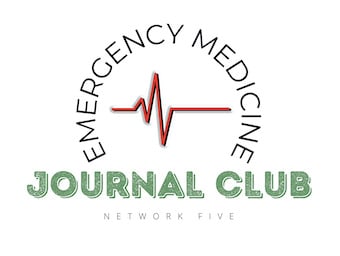
Network Five: Toxicology
In this exciting episode, we will be discussing the role of DigiFab in chronic digoxin toxicity before diving into an interesting case of organophosphate poisoning

In this exciting episode, we will be discussing the role of DigiFab in chronic digoxin toxicity before diving into an interesting case of organophosphate poisoning
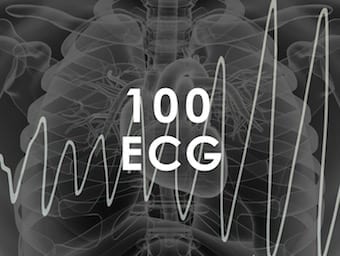
84 year old male presents complaining of general lethargy, nausea, several episodes of diarrhea, and dizziness. Describe and interpret this ECG.

70 yr old male who presented with general lethargy and postural dizziness. He has a collapse the evening prior and recently had a diarrhoeal illness. His medications include warfarin, metoprolol, frusemide, allopurinol, colchicine and digoxin. Describe and interpret this ECG. LITFL Top 100 ECG
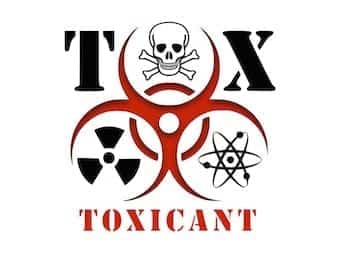
Acute digoxin poisoning manifests with vomiting, hyperkalaemia and brady-tachyarrhythmias potentially leading to death, whereas chronic digoxin toxicity is far more insidious, still with gastrointestinal symptoms but in addition bradycardia and automaticity on the ECG.
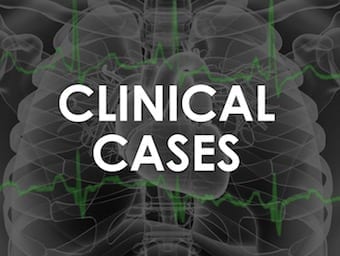
An ECG case of Bidirectional ventricular tachycardia focusing on two main causes: digoxin toxicity & catecholaminergic polymorphic VT - CPVT
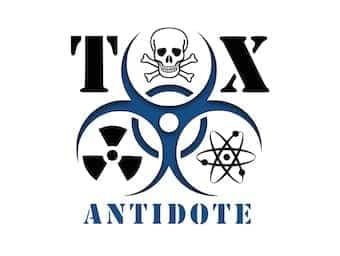
Dr Betty Chan, emergency physician and clinical toxicologist, discusses the DORA trial and digoxin toxicity - 1 or 2 amps of immune fab only, no maths required - and explains why less is more.
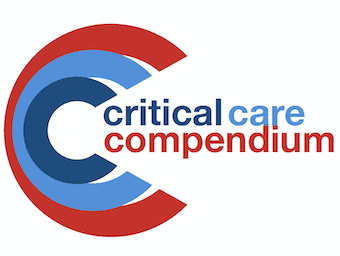
Administration of intravenous calcium has traditionally been considered a contra-indication for the treatment of hyperkalemia in the presence of digoxin toxicity. This is based on the ‘Stone Heart’ Theory: calcium may lead to an irreversible non-contractile state, due to impaired diastolic relaxation from calcium-troponin C binding

Digibind: trade name for digoxin antidote containing Digoxin-specific antibody Fab fragments; prudent to administer based on a considered risk assessment and before the life-threatening manifestations of digoxin toxicity develop

Digoxin toxicity is characterised by gastrointestinal distress, hyperkalemia and life-threatening dysryhthmias, including increased automaticity and AV nodal blockade

Elderly patient presenting with nausea and visual disturbance. Interpret the ECG. regularised AF, digoxin toxicity
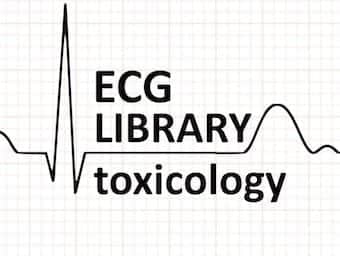
Digoxin toxicity ECG changes with dysrhythmias. Review of EKG features of digoxin toxicity and cardiotoxicity with example EKG

ECG examples of digoxin effect cardiotoxicity. Downsloping ST depression with a characteristic "Salvador Dali sagging" appearance.